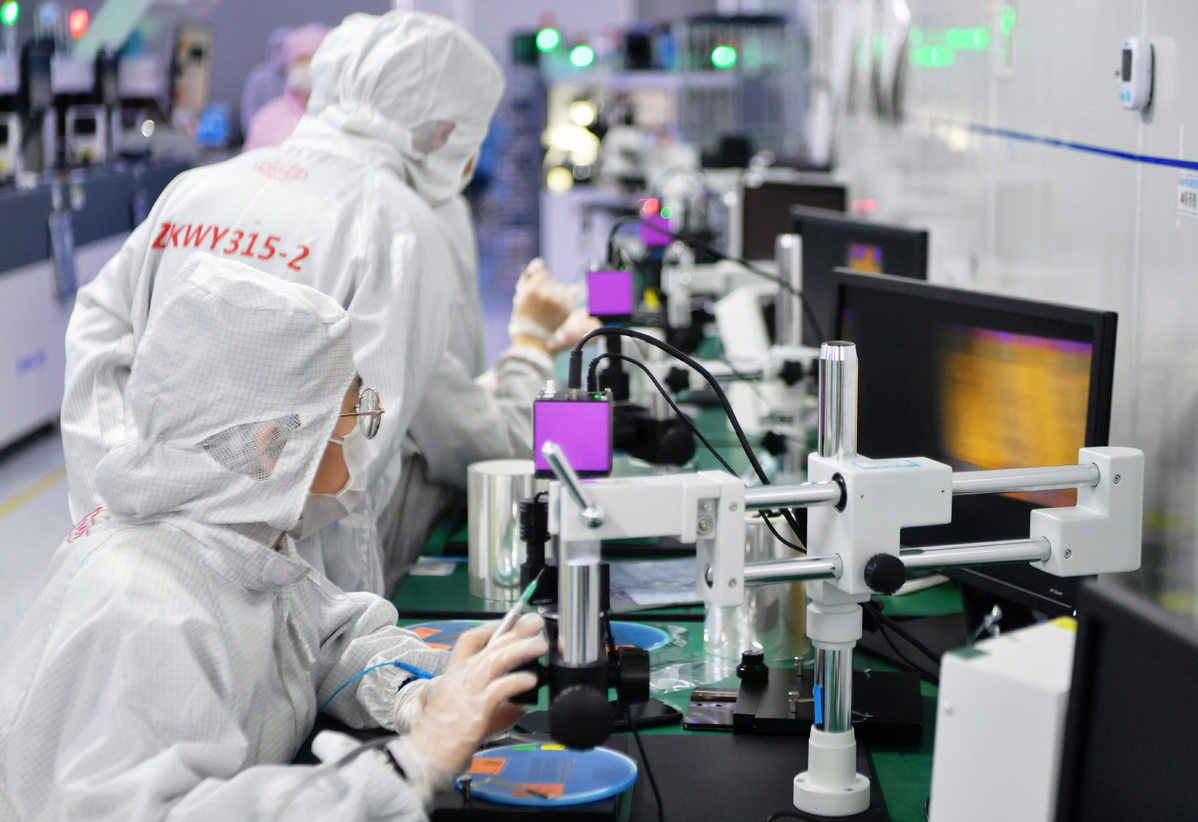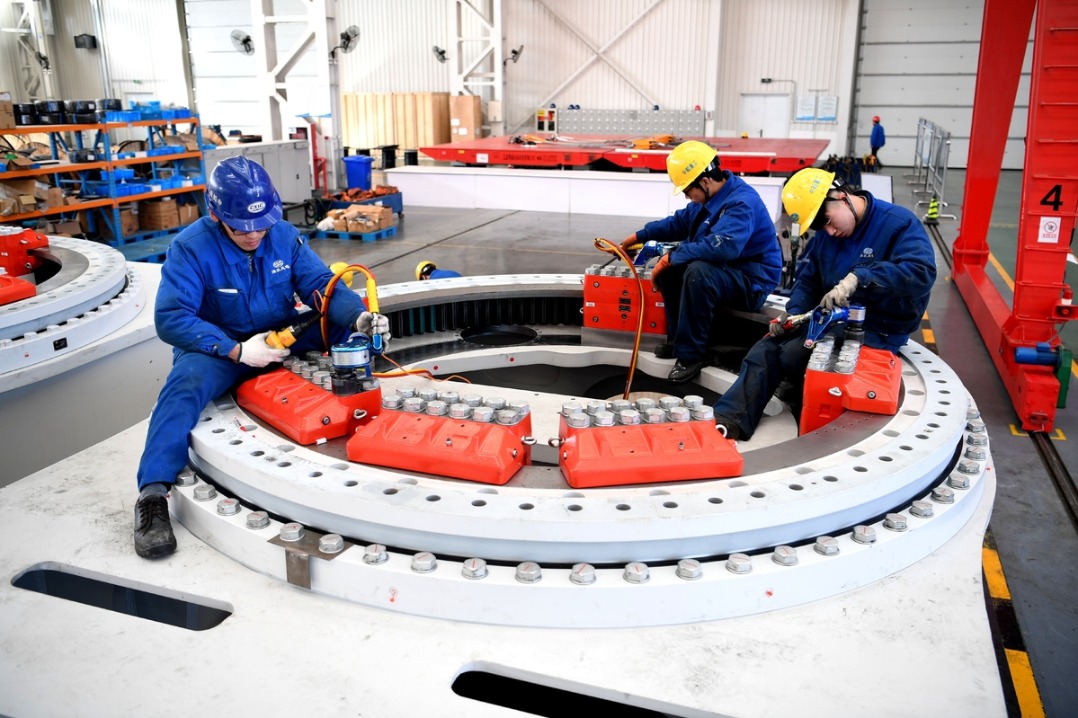Under pressure, Chinese chipmakers pull socks up


When will China enter the finals of FIFA World Cup? When will China crack bottlenecks in chips?
The country, it seems, is desperate to know and some even appear inclined to bet on what might happen first — soccer glory or breakthroughs in chips?
There was a time, not very long ago, when "semiconductor" was considered industry jargon. No one could have imagined that chips can match the public's overwhelming enthusiasm for soccer.
A combination of factors, however, has sensitized people to the fact that chips are strategically important for China, and breakthroughs alone could end reliance on imports.
China's chip sector is under pressure to grow up fast in the face of the US government's crackdown and sweeping restrictions.
An aunt, who owns a vegetable store, recently called me to ask why Chinese companies rely so heavily on their foreign counterparts for chips. I knew she wasn't referring to potato chips. "Why is it that we can make nuclear bombs but can't make globally competitive chips?" She demanded to know.
A perfect answer eluded me. I tried my best to offer a big-picture perspective, rewinding my memory of previous interviews with chip firm executives and researchers.
The fact is, China uses its own chips for military use. When it comes to civilian use, domestic pioneers like Huawei are now able to design smartphone chips and modems that can compete with those made by US tech giant Qualcomm.
But now, we are unable to make such domestically designed high-end chips without the support of foreign semiconductor technologies, including manufacturing techniques and equipment.
Part of the reason is that Chinese companies began to work on chips decades after their Western counterparts got off to a flying start. One of the early pioneers of indigenous central processing units, or CPUs, for computers in China told me: "We missed an era in semiconductors and we must have a rational take on the time gap. For a highly technology-intensive sector, no matter how much money we pour into it, we need more time to go through trials and errors and accumulate experience."
By no means do such views suggest that China does not have the opportunities to grow its chip sector. Many industry sources told me at different points in time that it's not very difficult to develop a CPU.The key question is this: how to promote its use and build a sound ecosystem around it?
A semiconductor has a super long industrial cycle. It is impossible to wait for a CPU to mature for use in more products. "We also need user feedback to constantly optimize chips. People should not expect us to directly jump from zero to the second floor. When we climb to the first floor, maybe someone can throw down a rope to help us climb up at a faster rate," he said.
One of the pressing needs is an adequate number of professionals with expertise in chip technologies. Sun Yingtong, chairman of Chinese chip company Nationz Technologies, said, "We don't have enough people — not just those who excel in semiconductor technologies, but also those who have an innovative mind and are willing to spend years on R&D."
CCID Consulting, which is based in Beijing, said that by next year there will be a talent shortfall of 220,000 people in China's semiconductor sector.
But, it's not all doom and gloom. As of May 2022, about 29 universities in China had established integrated circuits colleges or chip talent training bases. In October, the Ministry of Industry and Information Technology published a guideline calling for more efforts to cultivate top-quality engineers.
History shows Chinese companies excel at turning a crisis into an opportunity. Years ago, the US government banned sales of premium processors to China's high-performance computers. The ban led to acceleration in China's development of its own CPUs. In 2017, China came up with its own chip for high-performance computers: the SW26010.
Chips are not built in a day. As China is determined to mobilize resources nationwide to promote the development of ICs, I'd like to believe it's just a matter of time before China sorts out its chip woes and comes up trumps.




































